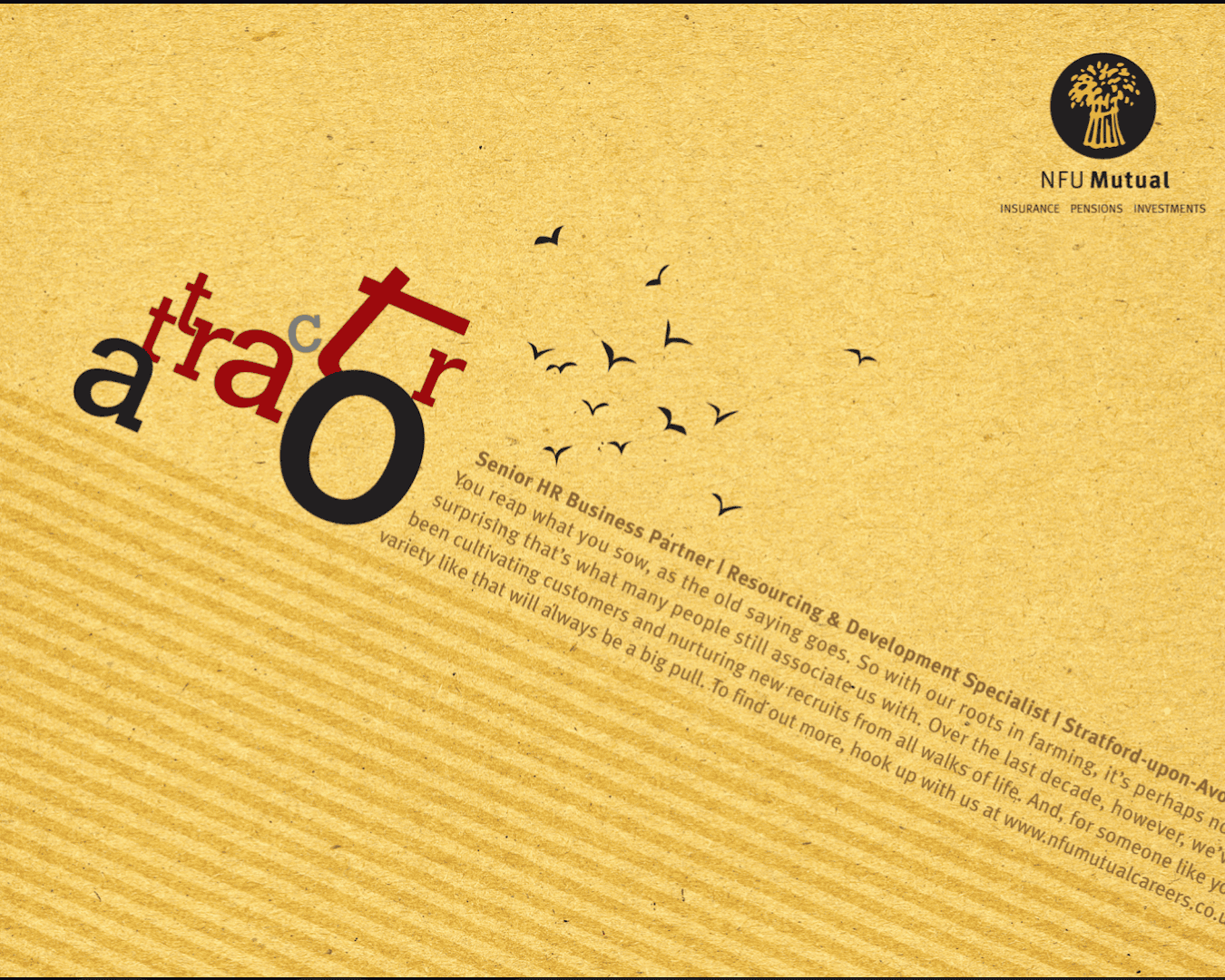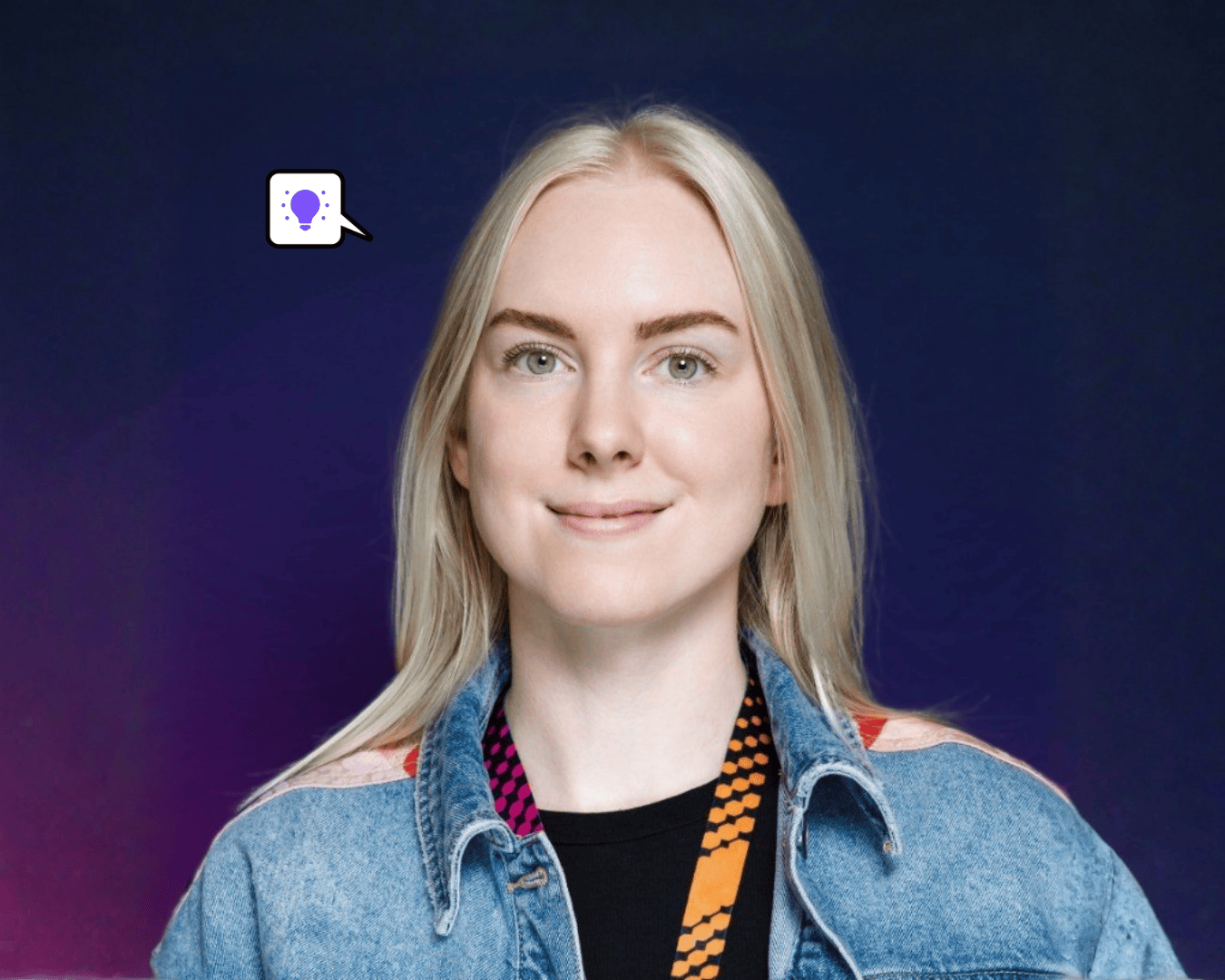How employer branding has changed and where it’s heading next
Employer branding is constantly evolving, with new platforms, budgets, and expectations shaping the landscape. However, as we learned in our conversation with Stewart Goold, Head of Employer Branding at Wiser, the real challenge is standing out.
After founding ThirtyThree in 1998 and helping grow it from a recruitment advertising agency into a global employer brand consultancy, Stewart shared his insights on how employer branding has evolved and what’s coming next.
The early days: employer branding before it had a name
Employer branding as we know it today didn’t exist when I started my career in 1987. Back then, it was simply called recruitment advertising. If a company had a vacancy, they’d place an advert in the local or national press one job at a time, with little thought beyond filling the role at hand.
The only branding element in those early job ads? The company logo and corporate font, carefully positioned. On a rare occasion, you might be supplied with an image. Beyond that, you had the freedom to say whatever you needed to attract candidates. Marketing teams were rarely involved. Employer reputation wasn’t a consideration. And most importantly, the power dynamic between the employer and the candidate was entirely one-sided.
Employers held all the power. They had the jobs, and candidates were expected to “dance” for them—jumping through hoops to prove their worth. The idea that a company needed to market itself to attract top talent was almost unheard of.
The digital shift: from one-off job ads to always-on employer branding
Fast forward to today, and the employer-employee dynamic has completely shifted. Candidates now have access to vast amounts of information before they even consider applying.
They can browse a company’s careers website for the official corporate pitch. They can check social media for a more authentic, behind-the-scenes view of company culture. They can read employee reviews to hear unfiltered opinions about what it’s really like to work there. And they can make multiple applications in a matter of minutes.
Back in the late 80s and early 90s, none of this existed. If you wanted to research an employer, you had to dig through printed annual reports or rely on word of mouth. Even then, the only real reputation a company had was tied to its corporate brand—if they made great products or had a strong consumer presence, it was assumed they were a good employer too. There was no visibility into what actually happened inside the workplace.
Talent pipelines: why employer branding now matters more than ever
Over time, businesses realised that employer branding wasn’t just about filling vacancies it was about creating a long-term talent pipeline. The smartest companies today invest in their reputation as an employer year-round, knowing it’s far cheaper to attract passive candidates through strong branding than to scramble for talent when a role opens up.
This shift has transformed employer branding into a full-fledged discipline, encompassing:
Always-on content marketing rather than one-off job ads
Data-driven recruitment campaigns targeting specific talent pools
Employee advocacy programmes that turn employees into brand ambassadors
Candidate experience strategies designed to nurture and convert top talent
The future of employer branding: AI, authenticity, and the relationship with consumer branding
So where is employer branding heading in the next five to ten years?
The biggest disruptor will undoubtedly be AI and machine learning. AI will make it easier for companies to automate elements of employer branding, from content creation to targeted advertising. But there’s one thing AI will struggle to replicate: authenticity.
Great employer branding isn’t just about efficiency; it’s about differentiation. If you don’t stand out, who will take notice? While AI can help deliver polished messaging, it’s the human element—creativity, humour, wit, and real employee experiences—that makes a brand truly resonate.
And what about the relationship between consumer branding and employer branding? Historically, employer branding has always been seen as the lesser priority—an afterthought compared to the budgets poured into consumer marketing. But that’s starting to change.
For years, CEOs have repeated the phrase: Our greatest asset is our people . Now, they’re realising they need to back that up with real investment.
In people driven sectors such as professional services, law firms and consultancies spend significant portions of their budgets on talent attraction. As more companies connect the dots—realising that better people lead to better customer experiences—we’ll see employer branding budgets continue to rise.
Biggest lessons from four decades in employer branding
If I had to sum up what I’ve learned from working in this space, it would be this:
Never assume knowledge. As experts in the field, we assume everyone understands terms like employee value proposition (EVP) or candidate experience. But most people outside our industry don’t. Always be ready to explain, educate, and bring people on the journey.
Humour and personality win. The best employer branding campaigns don’t just inform—they connect. They make people feel understood. They make people smile. The smartest brands use creativity to stand out, rather than relying on tired corporate messaging.
One of my favourite examples of this was a recruitment ad for NFU Mutual titled ATTractor. It played on the idea of both a recruiter being someone who attracts talent, and the company’s ties to the agricultural industry. The typography of the ad even formed the shape of a tractor. Clever, witty, and different—it genuinely helped change perceptions of NFU Mutual as an employer.

Final thought: employer branding is no longer optional
Employer branding has evolved from a simple recruitment function to a strategic, business-critical discipline. The companies that get it right—those that invest in standing out, telling great stories, and building a reputation that attracts talent—will hire better people and subsequently build better businesses.
And in an AI-driven world, where automation threatens to strip away the human touch, authenticity will be the most valuable currency in employer branding.




